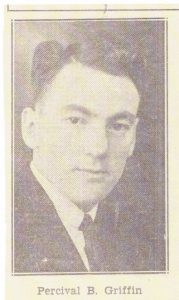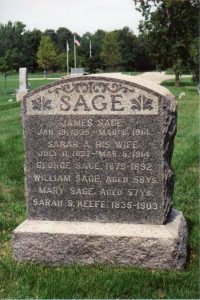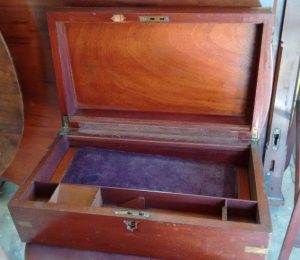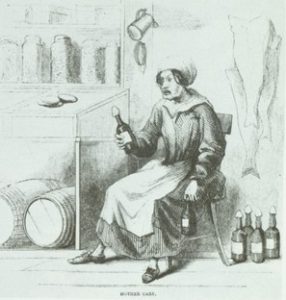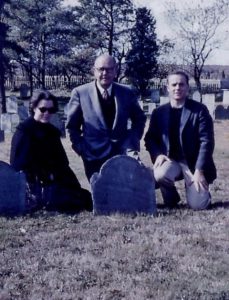
As a genealogist, I have so much to give thanks for. Soon after I started my genealogical quest, I discovered that the Nantucket Historical Association had correspondence from my great-great-great-grandfather[1] in their collections. Of course I was anxious to read it and asked for copies … not knowing that there were more than eighty letters, many of them comprising multiple pages!
It took a while to accustom myself to my ancestor’s writing, since he adopted a sort of modified scripto continua, with virtually no punctuation or capital letters at the start of sentences. Much of the correspondence was dry, relating to business transactions, but there were also many droll comments and insights into the character and activities of the extended family. Continue reading ‘To have his family around him’
